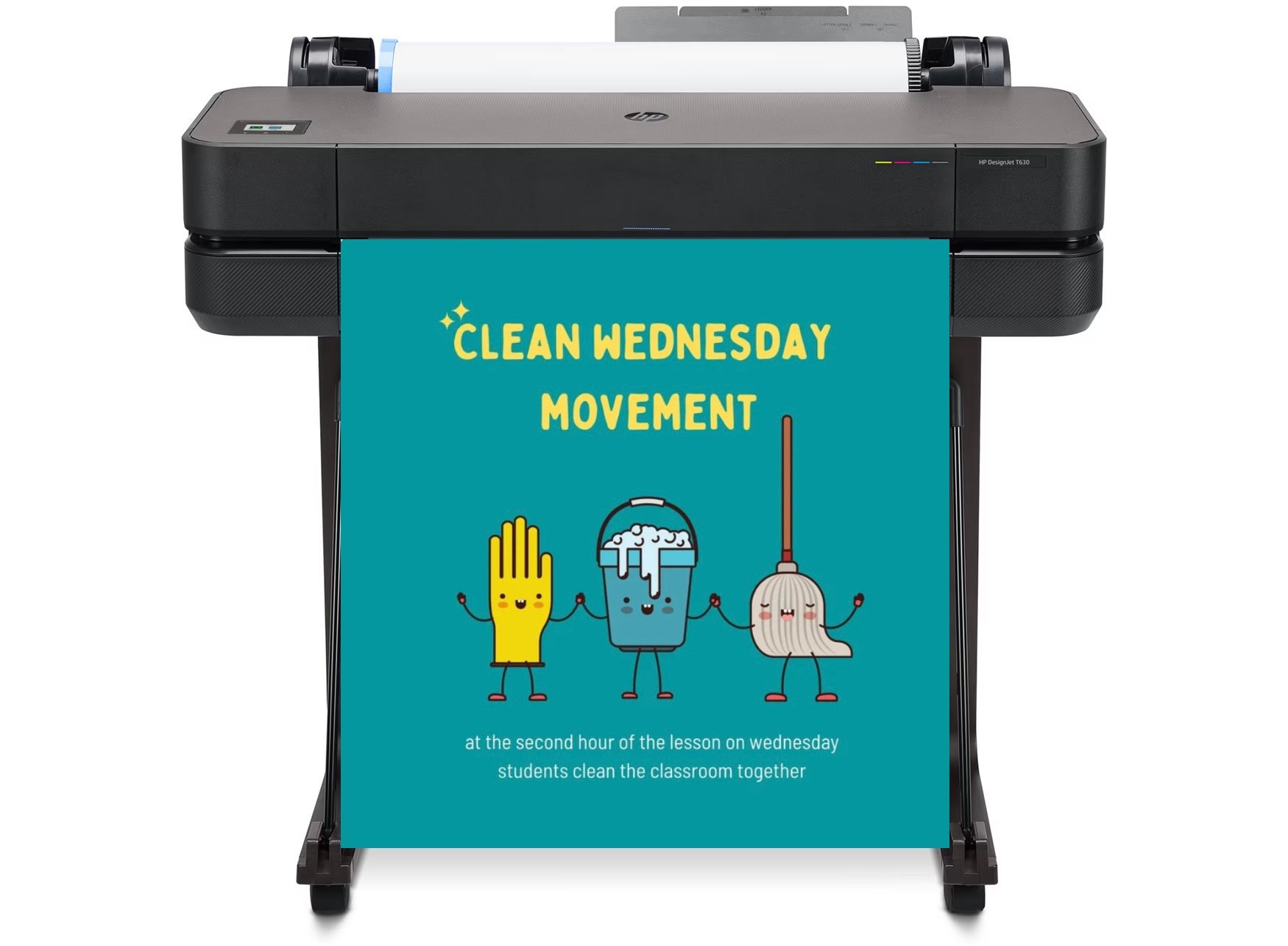
DISCOUNTED EDUCATION PRICING! CALL 1-877-891-8411. We Gladly Accept School Purchase Orders!

As a printing enthusiast with over a decade of experience in graphic design and custom print projects, I’ve worked with countless materials to create eye-catching posters for events, businesses, and personal use. Poster paper isn’t just a blank canvas—it’s the foundation that determines how vibrant, durable, and professional your final product looks. Whether you’re a small business owner printing promotional materials, an artist showcasing your work, or a teacher creating educational displays, choosing the right poster paper can make all the difference. In this comprehensive guide, we’ll dive deep into the world of poster paper to help you solve common problems like fading colors, wrinkling, or mismatched finishes. We’ll cover types, selection criteria, troubleshooting, eco-friendly options, and maintenance tips to ensure your posters stand the test of time.
This guide is built on sources from printing experts and manufacturers. By the end, you’ll have the knowledge to select poster paper that aligns with your needs, budget, and environmental goals.
Poster paper refers to specialized sheets designed for large-format printing, typically used for advertisements, artwork, or informational displays. Unlike standard printer paper, it’s engineered for high-resolution images, bold colors, and durability against handling or environmental factors. The right choice prevents issues like ink bleeding, tearing, or poor image quality, which can ruin your project’s impact.
Common problems arise when people overlook key factors: for instance, using thin paper for outdoor posters leads to quick degradation, or selecting a glossy finish in brightly lit rooms causes glare. Solving these starts with understanding the basics. Poster paper comes in various materials, finishes, weights, and sizes, each suited to specific uses. Let’s break it down.
Understanding the types of poster paper is crucial for matching your project to the material’s strengths. Broadly, poster papers fall into categories based on base materials and surface finishes. Here’s a detailed overview:
Finishes affect appearance, feel, and functionality:
Problem-solving tip: If your posters fade quickly, opt for laminated finishes—they provide UV protection. For budget-conscious users, matte poster paper reduces printing costs while maintaining professionalism.
Size, weight, and thickness directly impact usability and cost. Misjudging these can lead to posters that are too flimsy or oversized for your printer.
Posters come in common dimensions like A-series (A0: 33.1 x 46.8 inches for large displays) or US standards (18×24 inches for small, 24×36 for medium). Movie posters often use 27×40 inches. Custom sizes are available, but sticking to standards reduces waste and expense.
Poster paper weight is measured in pounds (lb) per ream or grams per square meter (GSM). Thickness, or caliper, is in points (pt) or microns (mic)—1 pt equals 1/1000 inch.
Higher weights mean thicker paper: 80 lb is about 0.1 mm thick, while 300 GSM can reach 0.3 mm. Problem: Thin paper wrinkles easily—solution: Choose at least 100 lb for posters over 18×24 inches to maintain flatness.
Basis weight varies by category (e.g., bond vs. cover stock), so compare within types. For art prints, thicker papers prevent curling during framing.
Selecting poster paper involves balancing purpose, environment, and budget. Here’s a step-by-step guide:
Common dilemma: Glossy vs. matte for photos. Solution: Satin offers the best of both, reducing fingerprints while boosting colors. For conferences, matte on 100 lb paper ensures professional, non-reflective results.
Even the best paper can face issues—here’s how to troubleshoot:
For cluttered designs overwhelming viewers, simplify layouts—focus on key elements to enhance impact. If posters buckle from moisture, avoid water-based cleaning and use deacidification sprays for longevity. The best posters require the best poster paper.
Sustainability is key in 2025, with rising demand for green materials. Look for papers with FSC certification or high post-consumer recycled content (30%+).
Problem: Eco-papers sometimes lack vibrancy. Solution: Pair with satin finishes and high-res printing for comparable results. Fabric posters from recycled polyester are a durable, reusable alternative.
Proper care extends your poster’s life, preventing damage from dust, light, or handling.
Common issue: Creasing during storage. Solution: Roll loosely around a core, not tightly, and store horizontally in flat files for valuable pieces.
Poster paper isn’t just a medium—it’s the foundation of effective visual communication. Whether you’re designing educational visuals, office signage, or promotional materials, the right poster paper makes all the difference. It can solve common issues like glare in brightly lit classrooms or withstand the wear and tear of outdoor conditions. This comprehensive guide is designed to help you navigate the most common mistakes and choose the right paper to bring your message to life with clarity, durability, and impact.
If you’re beginning a new project, always start with paper samples from trusted, reputable printers. These samples allow you to test finishes, weights, and textures to find the perfect match for your goals. The best poster paper should align seamlessly with your vision, enhancing both aesthetics and functionality. Don’t be afraid to experiment and refine—professional-quality results often come from trial and thoughtful adjustments.
When in doubt, consult with experienced printing professionals. Their insights, grounded in real-world knowledge and years of hands-on work, can help you make smart, informed decisions. The guidance in this resource is built on that same foundation—practical experience and industry expertise—so you can skip the guesswork and elevate every poster you create.